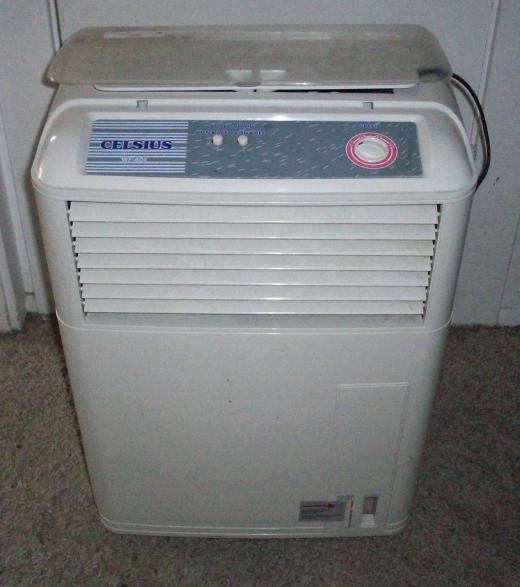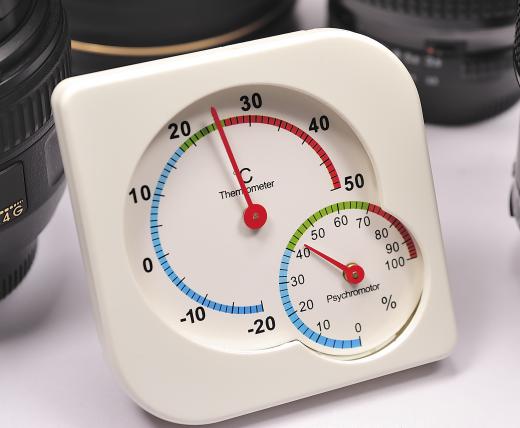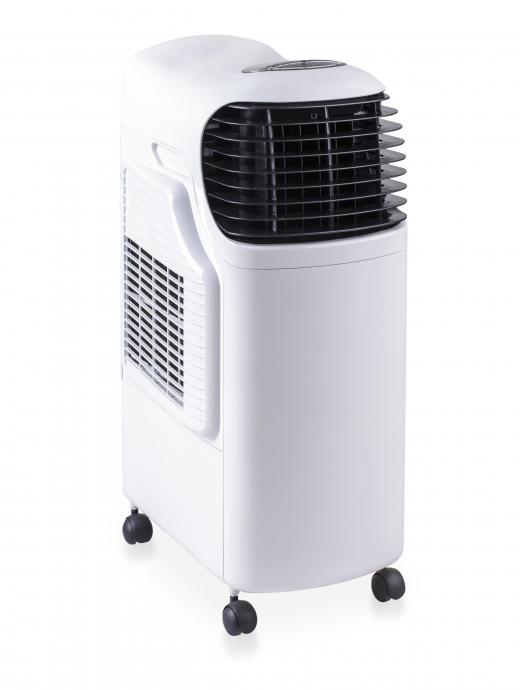What Is Dry Bulb Temperature?
Dry bulb temperature is the temperature of air that does not take into consideration any moisture content. An ordinary thermometer placed indoors or outdoors will measure the dry bulb temperature. The amount of moisture in the air, called relative humidity, cannot be determined from the dry bulb temperature alone.
Air temperature, humidity and the dew point are important considerations for many industries. Materials that are dried using heated or unheated outside air will be affected by the relative humidity of the air. Products such as tobacco, dried fruits, dried vegetables and dried meats are sensitive to both dry bulb temperatures and the dew point. Home and commercial air conditioning is designed for both expected dry air temperatures and humidity, because either high temperatures or humidity can increase the running time and decrease the efficiency of the cooling system.

Dry bulb should not be confused with dry air. Air that is dry contains very little moisture, and therefore has a low dew point. The dry bulb temperature is simply measuring the air temperature without any measurement of the moisture in it, and it is often referred to as the ambient air temperature or simply the ambient temperature.
In desert climates, evaporative coolers use the low relative humidity of outside air to evaporate water and cool living spaces by passing large volumes of outside air over a wet cooling material. Evaporative coolers, often referred to as swamp coolers, require both high dry bulb and low dew point temperatures to work efficiently. Determination of evaporative cooling efficiency requires knowledge of three temperatures: the dry bulb temperature, the wet bulb temperature and the dew point. Dew point temperatures can be obtained from local weather services, and they indicate the temperature at which the air is totally saturated. Visible fog on a damp day, when the air cannot hold any more moisture, is an example of saturated air.

Measurement of the dry bulb temperature is relatively easy. A liquid or digital thermometer should be placed in a location out of the sun and away from any heated or cooled buildings. The thermometer also should be kept away from dark driveways or roads that can radiate heat on sunny days. The thermometer should be allowed to reach a steady temperature before any measurements are taken. To avoid false readings, the thermometer also should not be held or handled while measurements are being taken.

Psychrometric charts show the relationship between temperatures and humidity, and they are useful for determining relative humidity and dew point. After the dry bulb temperature and the wet bulb temperature have been measured, these two temperatures and a psychrometric chart can be used to determine relative humidity. A simple device for measuring dry and wet bulb temperatures is a sling psychrometer, which is a pair of thermometers attached to a chain or handle that can be spun by hand to obtain dry and wet bulb temperatures simultaneously.
AS FEATURED ON:
AS FEATURED ON:














Discuss this Article
Post your comments